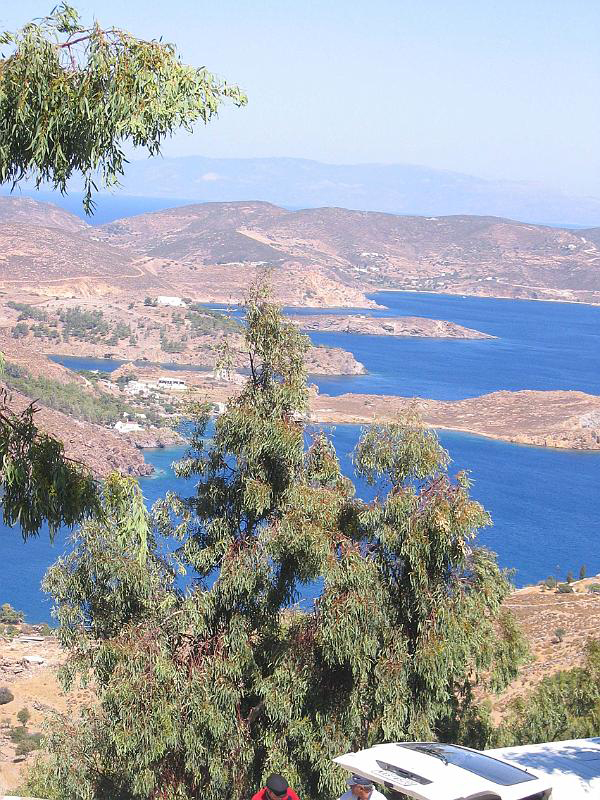- Lust: Greece is one of the countries where people have intercourse most often. On average, they are said to have intercourse 164 times a year. This means that they have intimate intercourse almost every other day of the year.
- Greetings: In Greece, it’s considered an insult to wave to people with an open hand, as the rest of us are used to. Down there, two clasped hands are clasped together in greeting. Furthermore, it’s also quite normal for Greeks to spit at you after you’ve paid them a compliment. It’s actually to protect you.
- Family: We Danes are in a hurry to leave home and live on our own. In Greece, there are actually not many nursing homes. You are expected to keep your elderly loved ones at home until they die. Young people also live at home until they get married.
- Birthday: It’s actually not a big deal to be celebrated on your birthday. However, it’s a bigger deal to mark when your name day comes around. It’s the day you share with a saint of the same name.
- Contrast: Considering that major inventions such as Western philosophy, the Olympic Games, mathematical principles and more have their origins in Ancient Greece – then considered arguably the world’s most culturally advanced society – the country has been a shadow of its former self for the past several years, with high unemployment and the need for economic bailouts.
- Tourism: If you haven’t been on vacation in Greece, you probably know someone who has. In fact, Greece is such a popular tourist destination that every year twice as many tourists visit the country as there are people living in Greece.
- Democracy: The ancient Greeks were distinguished by many unique discoveries and inventions. Among them is democracy. In fact, their ancient principle of democracy forms the basis for the modern form of democracy used in many other countries today.
- Voting rights: Although Greece laid the foundations for modern democracy, they are perhaps a little too concerned that its principles are also applied in the country itself. Therefore, it’s not so much a right to vote as a duty to vote in the country. By law, all citizens over the age of 18 must vote in elections.
- Islands: If you’ve spotted a map of Greece, you’ll probably notice that there are a relatively large number of islands in the country. In fact, there are more than 2000 of them, but only 170 of them are inhabited by people. In comparison, 40 % of the country’s inhabitants live in the capital, Athens.
- Water: In Denmark, we have many islands and a long coastline of 8,750 kilometers. But it pales in comparison to Greece’s, which is almost 14,500 kilometers.

Fact: Although there are more than 2000 islands in Greece, only 170 of them are inhabited





